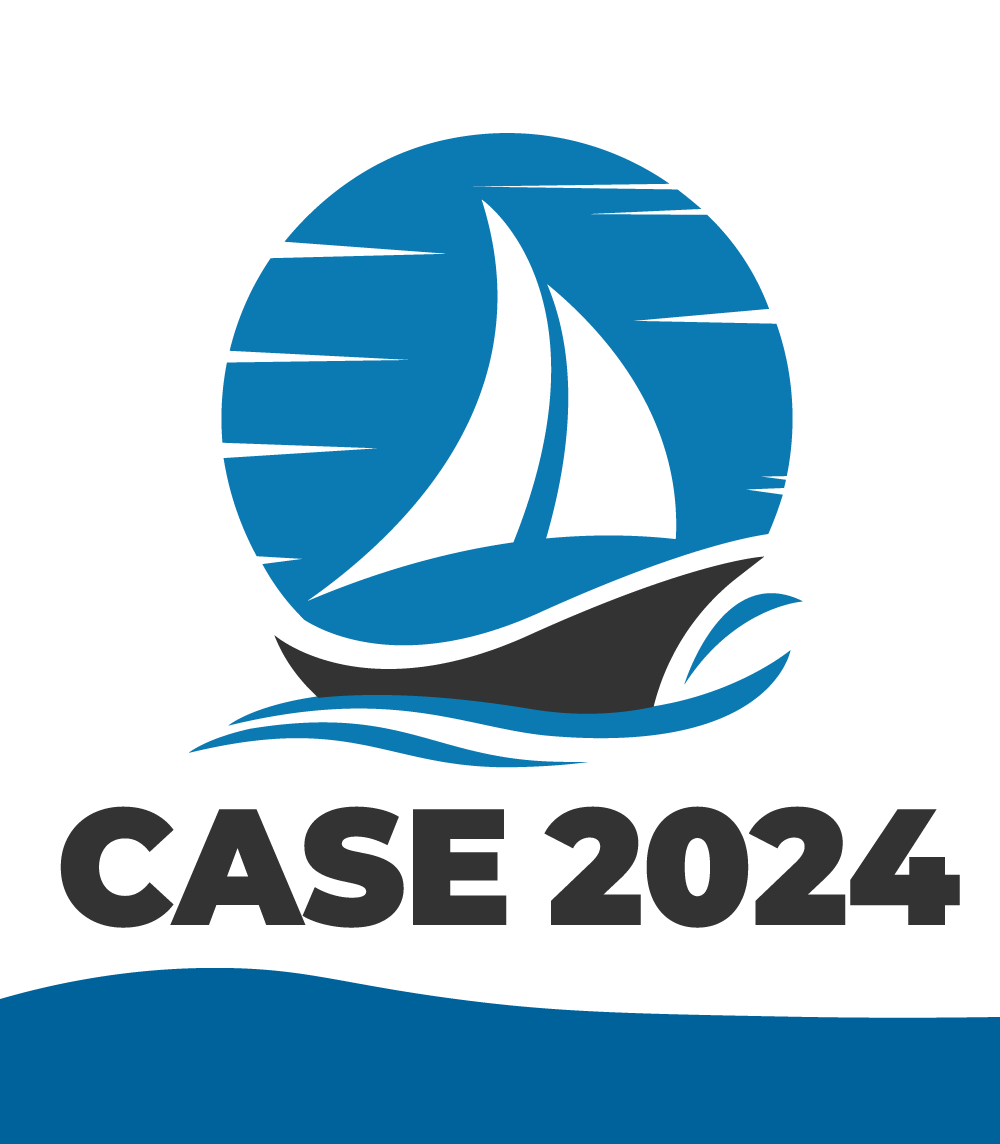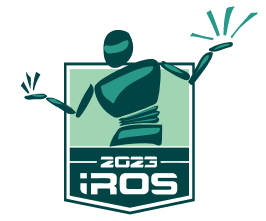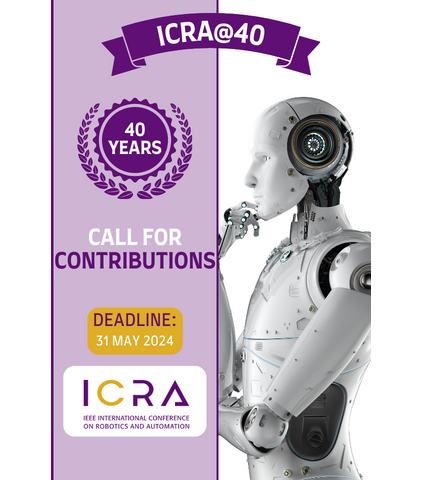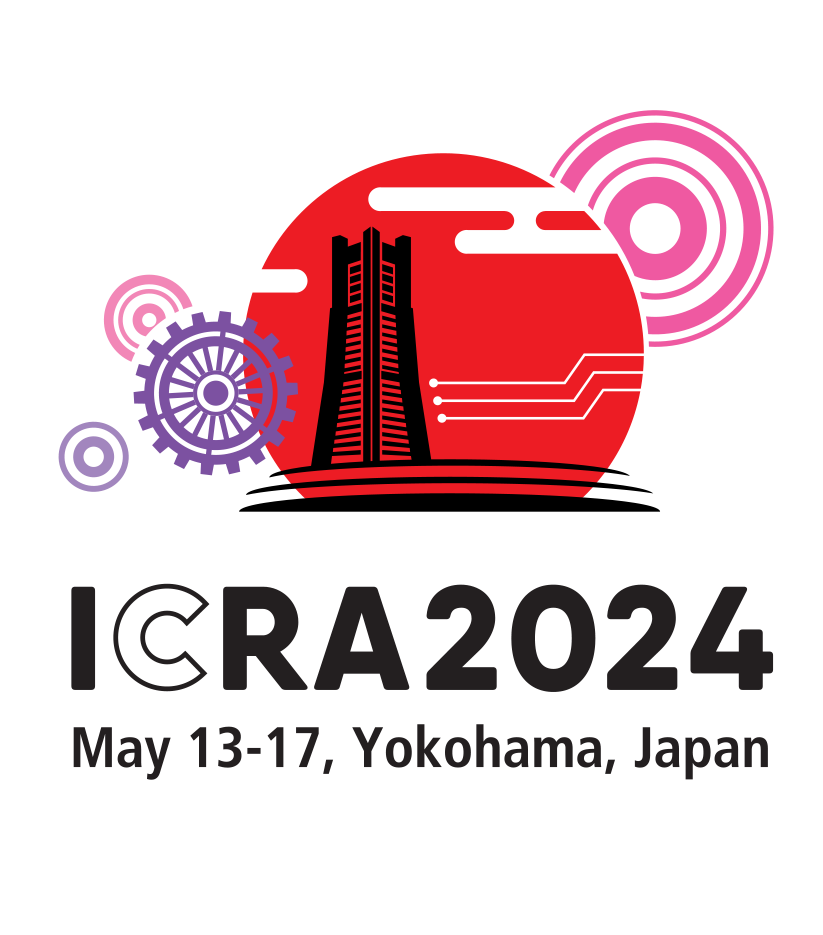IEEE Robotics & Automation Magazine
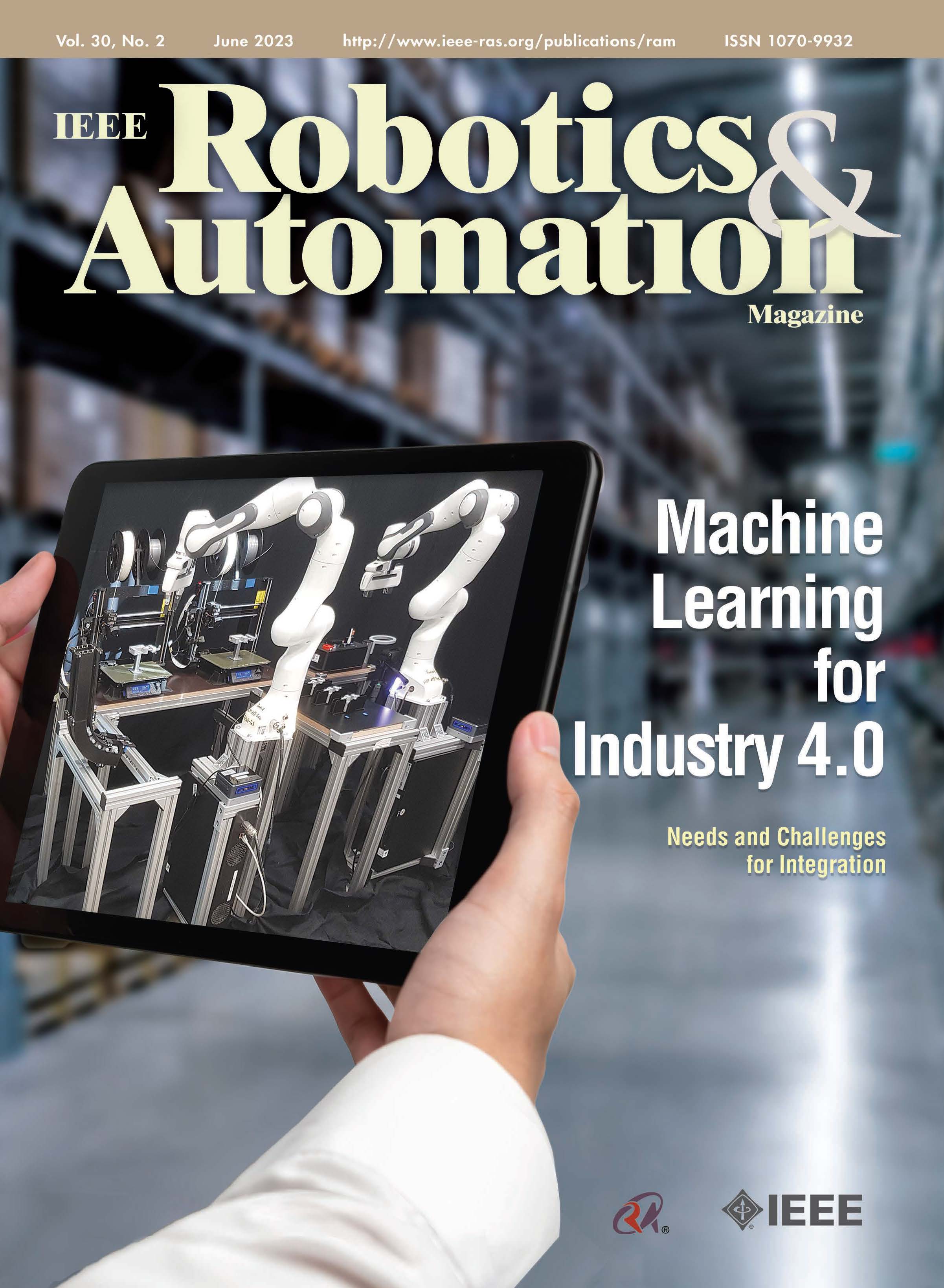 |
The Magazine (RAM) publishes technical articles of interest to the international robotics and automation community. The magazine has over 12,000 readers and is consistently ranked by Thomson's Journal Citation Reports (JCR) as one of the most highly ranked publication in both Robotics (#5) and Automation & Control (#15) categories, with an impact factor of 5.143 in 2020. The magazine publishes four issues per year: March, June, September and December. Click here for more on the latest issue! Robotics & Automation Magazine on IEEE Xplore |
Scope
The IEEE Robotics & Automation Magazine is a unique technology publication which is peer-reviewed, readable and substantive. The Magazine is a forum for articles which fall between the academic and the theoretical orientation of scholarly journals and vendor sponsored trade publications.
The IEEE Transactions on Robotics and the IEEE Transactions on Automation Science and Engineering publish advances in theory and experiment that underpin the science of robotics and automation. The Magazine compliments these publications and seeks to present new scientific results to the practicing engineer through a focus on working systems and emphasizing creative solutions to real-world problems and highlighting implementation details.
The Magazine publishes regular technical articles that undergo a peer review process overseen by the Magazine's associate editors; special issues on important and emerging topics in which all articles are fully reviewed but managed by guest editors; tutorial articles written by leading experts in their field; and regular columns on topics including education, industry news, IEEE RAS news, technical and regional activity and a calendar of events.
Electronic Delivery
The magazine can be subscribed to in paper or electronic form. The electronic issue is delivered by means of an email containing a weblink to read the magazine online in the browser of download it as a PDF file. This can be read with a PDF browser on a desktop or a tablet computer. Choice of subscription format is made when you renew your IEEE and RAS membership.



